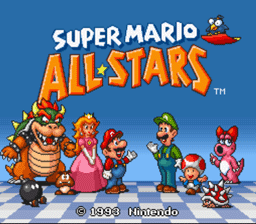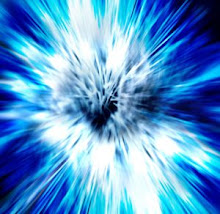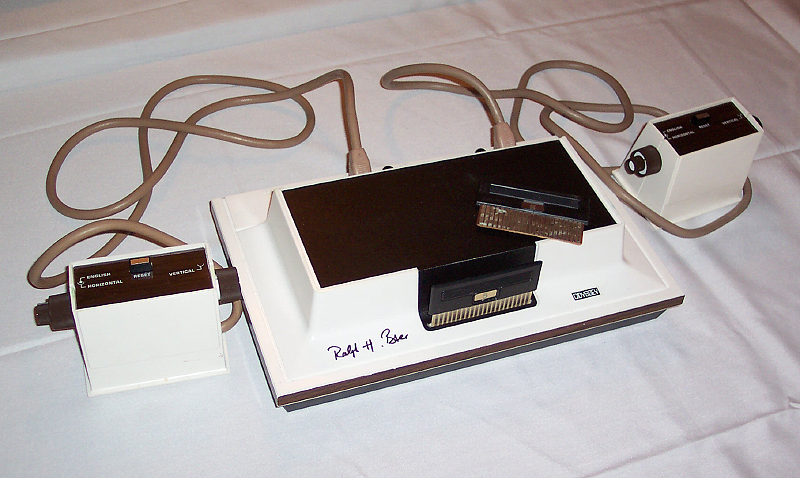Majora's Mask is the sequel to the groundbreaking first 3D Zelda game, Ocarina of Time. Originally released to the public on May 27, 2000, Majora's Mask was stunningly different from its predecessors. Read on and find how.
Story: 10/10
While in the Lost Forest riding his horse, Epona, Young Link from OoT comes across a Skull Kid wearing a mysterious mask and his two fairies, Tael and Tatl. They steal Epona and the Ocarina of Time from Link and disappear into a dark cave. Link follows and, when the Skull Kid finds him, he turns Link into a Deku Scrub. When Tatl gets separated from Tael, her brother, she has no choice but to team up with Link.
Later on, Link finds a mysterious man, the Happy Mask Salesman, who tells him it is possible to get his human form back; he must only get the item that was stolen from him (The Ocarina of Time), and in exchange, Link must get the item stolen from the Salesman, Majora's Mask, which the Skull Kid has donned. Link adventures in a new town, Clock Town, to find out a way to get back his human form, while hearing about the impending doom that is to come to the alternate version of Hyrule he is in, named Termina, in three days.
On the midnight of the third day, Link and Tatl manage to corner the Skull Kid in the Clock Town tower, moments before he crashes the freaky-looking moon on all of Termina, and Link makes the Ocarina of Time fall out of his hand. Link remembers when Princess Zelda taught him the Song of Time to manipulate the flow of Time, and plays it. Suddenly, time is reversed for both Link and Tatl, and they warp back to the dawn of the first day and see the Happy Mask Salesman. He teaches Link the Song Of Healing, able to turn troubled spirits into masks, and turns Link's Deku form into a mask, bringing him back to human form.
However, upon learning that Link has failed to bring back Majora's Mask, the Salesman goes into a rage, telling him how powerful and dangerous the mask is and that he must bring it back before he travels to another far-off land, on the eve the Moon will crash on Termina. The two leave. Tatl remembers that in the tower, Tael said something important:
"Swamp. Mountain. Ocean. Canyon. Hurry... The four who are there... Bring them here..."
Armed with this small knowledge, Link and Tatl race to find "the four" and Majora's Mask while rewinding, slowing down and even speeding up time using Link's Ocarina. Many things will happen in this dangerous and nightmarish journey...
Gameplay: 10/10
Like just about all other Zelda games, you play as Link.You mash up some baddies, get some Pieces of Heart, use up your Magic Meter, most of what you've seen in Ocarina of Time... except for two very important new gameplay devices. These features are the time system and masks.
First, let's go over the time system. As mentioned above, you only have three days to stop the Skull Kid before he dooms Termina. Also stated above, you can easily change that by manipulating the flow of time with three songs: the Song of Time, which rewinds time to the dawn of the first day (6:00), the Inverted Song of Time (a backwards version), which slows down time, and the Song of Double Time, which makes time switch to the next time period (the dawn of the first day switches to the night of the first day, the night of the first day switches to the dawn of the second day, etc.). A crucial thing to remember is that when you play the Song of Time, you will keep all your important items (Masks, the Ocarina, etc. ) but you will lose your Rupees (the currency in the Zelda series)and your other items. Dungeons you have cleared and chats with most people will be reverted to their original state as well.
Time is viewed by a semicircle-shaped timer, located at the bottom of the screen. Here's a picture:
(yeah, my highlighting skills aren't too great)
The green diamond that says 1st tells you what day it is. The entire semicircle is one day; when it is daytime, a sun image will go across it, and in the night time, a moon image will go across it. Also, when the spark on the near right of the diamond goes in a full circle (or diamond, I guess you would call it) an hour will have passed. Note that when the Inverted Song Of Time's effects are active, the diamond will turn blue.
And so the tip is: DON'T WASTE YOUR TIME.
Masks are one of the most important items you encounter in all. There are 24 of them: 4 transformation masks, one of which is extremely hard to get (we'll talk about that later) and 20 other masks used for various things. Masks range in usefulness: Some are used to collect Pieces of Heart (get four of those and you get one extra heart (more health)), some have battle usage, one is used to defeat an otherwise difficult boss, and one is used to initiate a long and convoluted sidequest.
The transformation masks are able to give you completely different experiences. They are:
Deku Mask
Goron Mask
Zora Mask
Fierce Deity Mask
Each of these masks have different features. The Deku Mask turns Link into a Deku Scrub and allows you to skip on water up to five times, useful for the first dungeon, can shoot bubble blasts (which drain your Magic Meter) and is able to use Deku flowers to fly to before unreachable places. The Goron Mask turns Link into a Goron and allows you to use powerful punches, curl into a ball and ground pound, plus roll at high speeds, sprout spikes and crush any opponents or breakable objects in his way, although this will deplete your Magic Meter. You are also invulnerable to lava. Wearing the Zora Mask turns Link into, well, a Zora, and allows you to breathe, swim and walk underwater, and use your fins as close-range and long-range weapons, the latter acting like a boomerang. Along with this, you can create an electrical shield that, like the spikes and the bubble blasts, make you lose some of your magical power. As well as all these powers, these three masks have instruments to replace the Ocarina Of Time: the Deku form has the Pipes of Awakening, which sound like trumpets, the Goron form has the Drums of Sleep, and the Zora form has the Guitar of Waves.
And then there's the Fierce Deity Mask.
You get this OPTIONAL mask at the last stage of the game (I'm not going to explain how, just Google it). It transforms Link into an gigantic Oni reminiscent to Adult Link of OoT. It makes him a powerhouse, making him beat the final bosses with extreme ease. He gains a new sword which can unleash deadly attacks if you Z-Target, however it is double-handed, meaning Link cannot use a shield, and he cannot use items unless in a bottle. The only other disadvantage is that you can use this mask only in boss battles (unless you hack it, of course).
As well as these two features, there is also the Ocarina of Time from the game named after it, which can aid you in many ways. As well as the three songs mentioned above, there is the Song Of Healing, used to turn troubled spirits into masks (very important), the Elegy of Emptiness, which creates an exact replica of you in one of each of your forms (useful for a certain dungeon and only usable in the areas near it), and the Song of Soaring, which teleports you to the nearest owl statue you have gone to, which brings us to our next topic: saving.
In OoT you could simply put the menu up, press save and save your game. Here, it's a lot more complicated. There are two ways to save: One is to play the Song of Time and your game will automatically be saved, meaning you must do what is required before you play the song and save, and the second way is to hit an owl statue (there are many scattered across Termina) with the image of Kaepora Gaebora from OoT (he also appears in this game too) with your sword and then check it. However, there are two twists: The first twist is that you must quit after saving, and the second is that after the first time you load the save file after this, the save will automatically be deleted, which means that if you make a mistake, you cannot fix it unless you use the Song of Time.
Other than this, though, all in all Majora's Mask has very unique gameplay, different than its prequel, and that is why I feel it is one of the best Zelda games.
Graphics: 8/10
Nothing really new here. The graphics are identical to OoT's, and so I don't really have anything else to say.
Pictures:
The Moon of Termina stares directly into your soul.
Also, that's what the diamond looks like when the Inverted
Song Of Time is played.
It's Zora Link!... Also the deceased soul of Mikau
the guitarist.
Goron Link. The mask houses the soul of Darmani the
Goron.
The spirit of the Deku Mask is believed by most to be
the son of the Deku Butler, of the Deku Royal Family.
Fierce Deity Link is VERY fierce...
It's the Possessed Skull Kid...
The Clock Tower of Clock Town, which opens up at
midnight of the third day.
Music: 10/10
Some of the awesome songs in this game, such as the Song of Time and Koume and Kotake's theme, are from Ocarina of Time. And then there are equally awesome songs made just for Majora's Mask. An example is the three themes of Clock Town, played respectively on the three days. The first theme is cheerful and slow, while the second theme has more woodwind instruments and is a little faster. The third theme is fast and uneven, and has an ominous undertone to it, as if the townspeople are trying to act cheerful, but can't at all because of their impending doom. It all just fits perfectly in.
Overall: 10/10
Majora's Mask is a must-play. Although most people say Ocarina Of Time was a better game, I disagree. Although OoT is longer, Majora's Mask, confusing as it may be for newbies to the game, is genius with its time system and the ability to play as different races. Almost every part of it is dark, and it really makes you feel the emotion. You can buy it on the Virtual Console for 1,000 Wii Points.
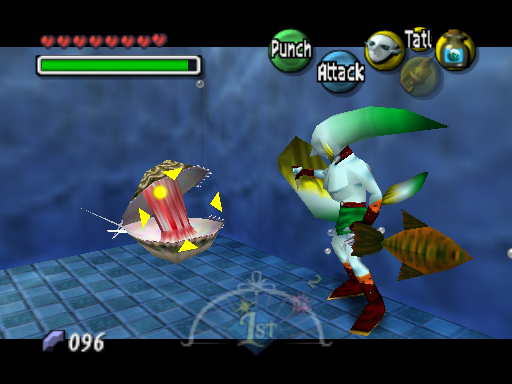
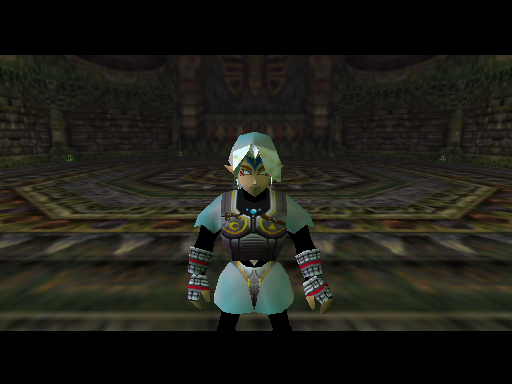
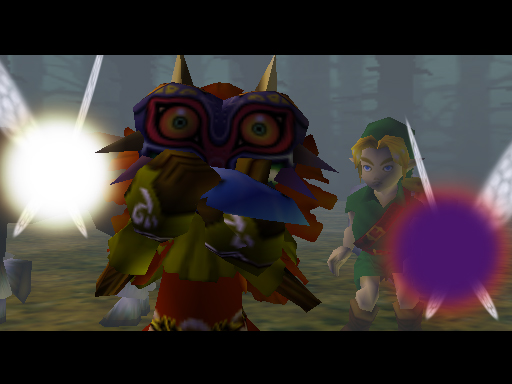

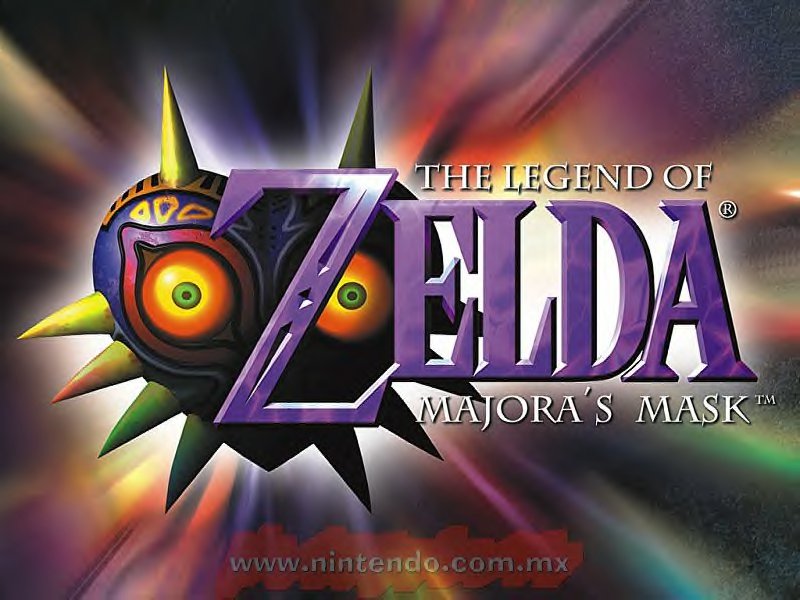

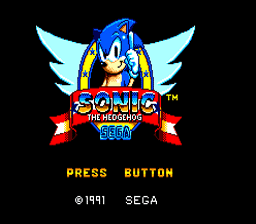



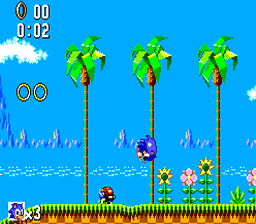


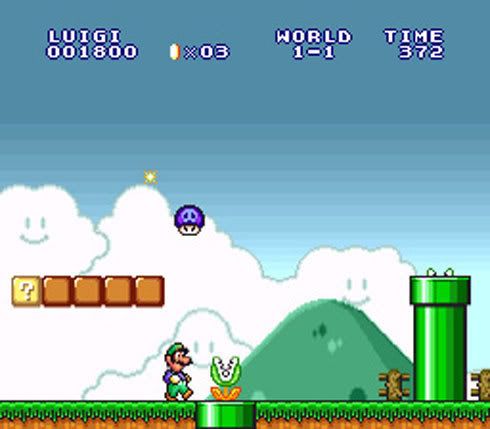

.png)

